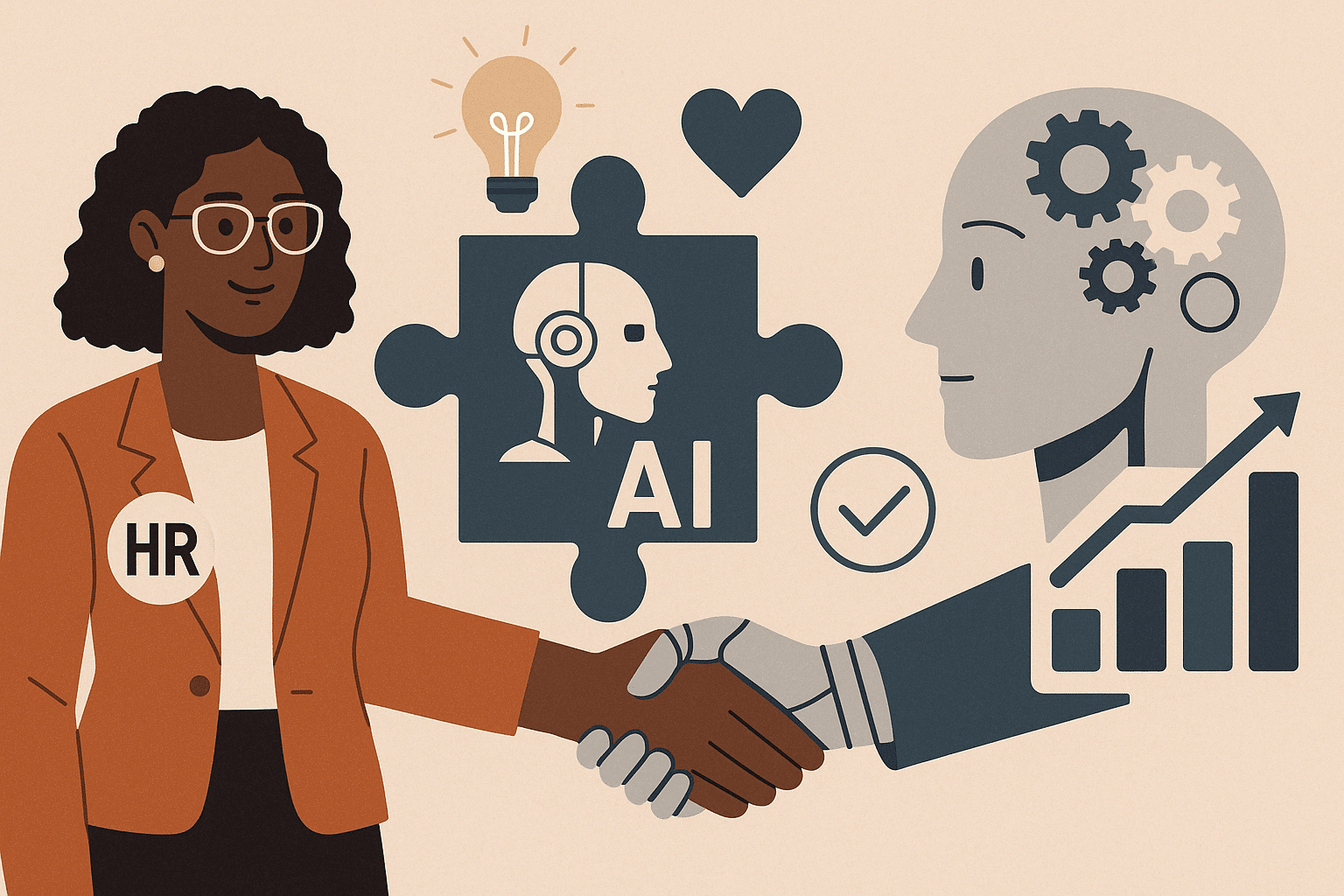
Artificial intelligence and algorithms play an increasingly important role in decision-making processes across various sectors, including recruitment, finance, and justice.
However, these systems are not always impartial. Algorithmic bias can have devastating effects, particularly on diversity, by reproducing or amplifying existing prejudices.
This article explores how these biases occur and what impact they can have on diversity in the workplace.
What is algorithmic bias?
Algorithmic bias occurs when algorithms produce biased or discriminatory outcomes. These errors are often unintentional and usually stem from biased data used to train the systems.
For example, if a recruitment algorithm is trained on historical data where men were overrepresented in leadership positions, it may continue to favor male candidates, thus excluding women from the same opportunities.
IBM explains that algorithmic biases affect several sectors, from recruitment to healthcare, creating racial, gender, and social discrimination. A well-known example is Amazon, which had to withdraw an AI-based recruitment tool after discovering it systematically discriminated against female candidates.
The impact on diversity
Algorithmic bias has a direct impact on diversity in companies and society as a whole. It can perpetuate historical inequalities and prevent certain groups from accessing fair opportunities.
For instance, in the field of credit, studies show that some algorithms charge higher rates to minorities, even when their financial profiles are similar to non-minorities.
The consequences for diversity in the workplace are profound. A biased algorithm can exclude candidates from ethnic minorities, thus reducing the diversity of talent.
This homogeneity in recruitment can also affect creativity and innovation within teams—key aspects that are strongly encouraged by diverse teams.
How to detect and correct these biases
To avoid algorithmic biases and ensure better diversity, several practices can be implemented:
a) Using representative data
One of the most effective ways to limit bias is to ensure that the data used to train algorithms is representative of society’s diversity.
This means including data from a wide range of demographic groups to avoid underrepresenting certain populations.
b) Regular audits and fairness testing
It is essential to conduct regular audits of algorithmic systems to detect any discriminatory errors. These tests should be performed at every stage of the algorithm’s development, from data collection to final deployment.
c) Ethical algorithm design
Ethical algorithm design involves incorporating techniques to minimize bias, such as re-sampling data or using adversarial models to correct imbalances.
The Machine Learning team at Berkeley University describes adversarial examples as “optical illusions for machines.” These are deceptive data that trick an algorithm into believing something that isn’t true.
In the context of classification algorithms, an adversarial example represents a set of synthetic data carefully crafted to induce misclassification.
These practices help promote greater respect for diversity and inclusivity.
Conclusion
Algorithmic biases pose a significant challenge for companies and societies that strive to promote diversity.
By understanding how these biases arise and taking steps to prevent them, it is possible to ensure that AI systems serve as a tool for equal opportunity rather than an obstacle.
Regular audits, ethical design, and inclusive data collection are essential steps toward building a fairer future.


